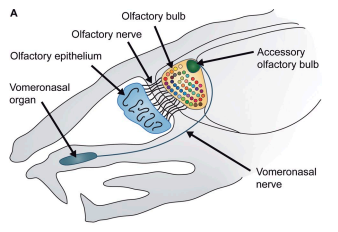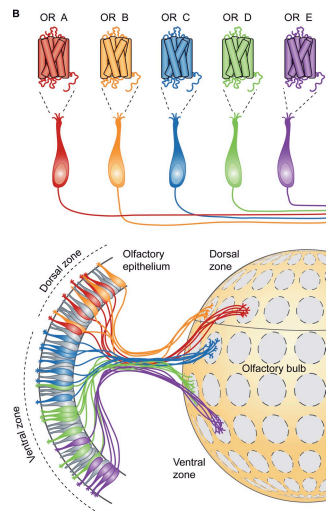LSPシリーズ”五感”
五感とは視覚・聴覚・触覚・味覚・嗅覚です。
当サイトでよく紹介しているJournal of Cell Biology(以下JCB)にて、
以前これら五感について一つずつREVIEWが出ていました。
このJCBのレビューは今から数年前に発表されたものであり、
現在はCreative Commons Licenceに準拠して扱うことができます。
LSPでは、これらの一つ一つの感覚について、
JCBのレビューの知見を中心に、
できるだけ分かり易く紹介していこうと考えています。
なかなか細胞生物学的な視点において、
日常生活とリンクすることは難しいとは思いますが、
この五感シリーズであれば、誰でも感覚的に理解がしやすいのではないでしょうか。
ただ、連続投稿の予定はないので、2013年中に5つ全て記事にまとまればと考えております。
本エントリーでは、まず、JCBに発表された5感、
それぞれの文献のアブストラクト(要約)とアクセスするためのリンクを添えて紹介します。
是非、気になる文献があればLSPの更新を待つまでもなく、先に読んでいただければと思います。
五感-I 視覚

私たちが見ている中でも、もっとも重要な働きを持っているのが視覚になるでしょう。
鮮やかな色彩、物体の形状、さらには動作まで。多くの情報が視覚を通して伝わります。
光をどのようなプロセスで変換しているのか、興味のつきない分野です。
Review series: The cell biology of vision
五感-II 聴覚

聴覚もまた私たちの生活において非常に重要な要素を占めている感覚ではないでしょうか。
音を聴くための耳の受容器は非常に独自の発達を遂げており、
走査型電子顕微鏡像や蛍光染色像は大変美しいです。
Review series: The cell biology of hearing
五感-III 触覚
美容と健康などで注目されがちな皮膚ではありますが、
触覚としても大変重要な働きを持っています。
そして触覚という視点で皮膚を考えると、毛の重要性も改めて感じられるのではないでしょうか。
Review series: The cell biology of touch
Ellen A. Lumpkin, Kara L. Marshall, and Aislyn M. Nelson
The sense of touch detects forces that bombard the body’s surface. In metazoans, an assortment of morphologically and functionally distinct mechanosensory cell types are tuned to selectively respond to diverse mechanical stimuli, such as vibration, stretch, and pressure. A comparative evolutionary approach across mechanosensory cell types and genetically tractable species is beginning to uncover the cellular logic of touch reception.
五感-IV 味覚

Review series: The cell biology of taste
五感-V 嗅覚


2012年のノーベル化学賞はGタンパク質共役受容体でした。
これらGタンパクがよく働いている感覚は嗅覚ではないでしょうか。
(もちろん他の感覚でも働いています)
味覚と嗅覚はどちらも食事の際に際立って働くと思いますが、
まったく違う機構であることが理解できると思います。
Review series: The cell biology of smell
Shannon DeMaria,and John Ngai
The olfactory system detects and discriminates myriad chemical structures across a wide range of concentrations. To meet this task, the system utilizes a large family of G protein–coupled receptors—the odorant receptors—which are the chemical sensors underlying the perception of smell. Interestingly, the odorant receptors are also involved in a number of developmental decisions, including the regulation of their own expression and the patterning of the olfactory sensory neurons’ synaptic connections in the brain. This review will focus on the diverse roles of the odorant receptor in the function and development of the olfactory system.
参考文献
